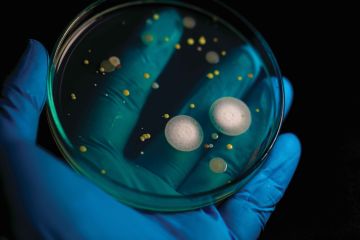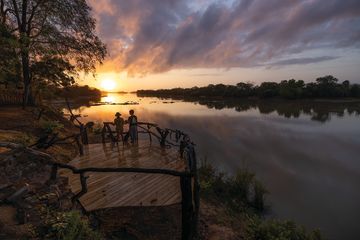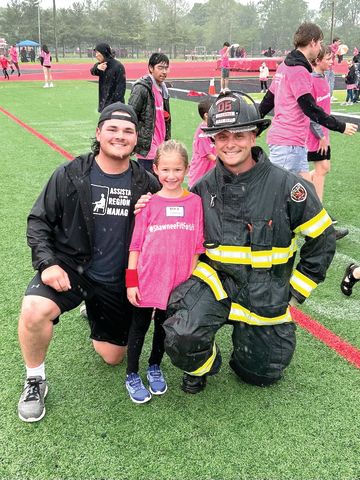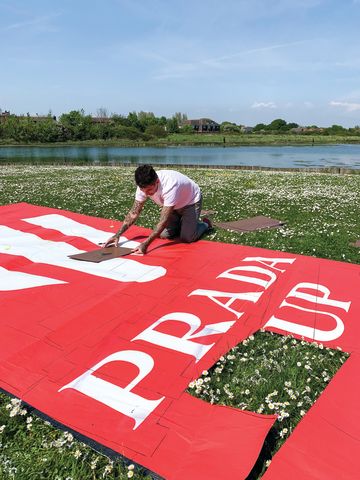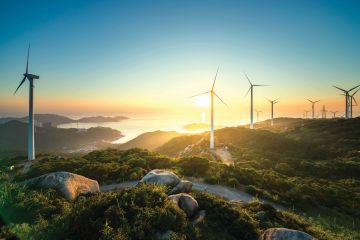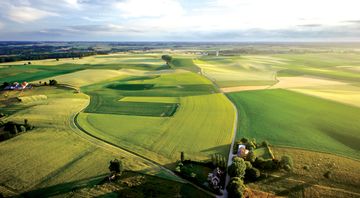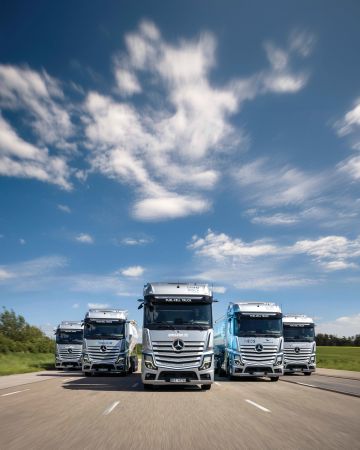“It is a global threat to all of us and requires a global response from all of us,” said Mr David Sweetnam, Chair of the IOI Advisory Board.
“Routine surgeries, childbirth, common infections and sexually-transmitted diseases, such as gonorrhoea, could one day become deadly.” Due to a lack of investment in research, the world has not discovered a new class of antibiotics for almost 40 years. INEOS’ £100 million gift to Oxford University has allowed researchers to undertake the science to find new antibiotics, while also understanding how resistance to these lifesaving medicines is spreading around the world.
The institute’s biggest priority is to protect last-resort antibiotics, such as meropenem, that are used in hospitals to treat severe infections such as sepsis.
“A world without effective antibiotics is a scary one and it will affect all of us,” said Dr Alistair Farley, a scientific lead at the institute. “We need to develop new drugs to tackle AMR, but we also need more effective stewardship of new and existing drugs.”
IOI’s work is guided by its global surveillance programmes in countries most affected by the threat of AMR. The institute is now working in more than 28 sites across 13 countries to support and strengthen surveillance systems and laboratories, especially in poorer countries.
“The quicker we can understand the global picture, the quicker we can act,” said Dr Kirsty Sands, a scientific lead at the institute.
“There is no way to solve a problem if you don’t have actionable data,” said Professor Tim Walsh, IOI Director of Biology. “It is crucial to understand how antibiotics are being used around the world to understand the full scale.”
Nationally, that very detailed genomic data will help influence health policies and responses to health emergencies. Globally, it can provide early warnings of emerging threats and help identify long-term trends.
This global data informs the work of scientists at the institute to design new antibiotics and trial new combinations of antibiotics to try to outsmart those superbugs.
“Research in the 20th century discovered easy-to-use antibiotics of enormous value, but that doesn’t mean that there are not more to be found,” said Professor Chris Schofield, IOI Director of Chemistry.
Scientists have found meropenem’s effectiveness can be restored by combining it with another antibiotic and an inhibitor to stop the bacteria breaking down the antibiotic before it has time to work.
Professor Schofield has also been leading a team undertaking ground-breaking synthetic organic chemistry, creating novel compounds they hope to progress through to early-stage clinical trials. Early in vivo work is very encouraging.
“This sort of early pre-clinical work is vital if we are to discover a successor to the dwindling stable of effective antibiotics,” said Mr Sweetnam.
Finding new antibiotics is a long, arduous and expensive journey. It can cost up to $1 billion and take up to 10 years to complete all the safety trials before coming to the market.
With no guaranteed revenue stream at the end of the process, it is perhaps no surprise that almost all the big pharmaceutical companies have ditched this vital area of research in favour of other more lucrative areas, such as lifestyle drugs to tackle, for example, obesity.
And therein lies the problem. There is simply no financial incentive to work on antibiotics.
“You may have a very effective antibiotic, but you don’t actually want it to be used extensively because then the resistance will inevitably arise,” said Dr Farley.
He said AMR, which killed 1.27 million people in 2019, which is more than HIV or malaria, was a complex issue, akin to the challenge of climate change.
“It’s only by working with industry and government and policy makers that we can tackle this together,” he said.
INEOS is working alongside the IOI team to bring its business acumen and experience to this huge challenge.
“Receiving such an unprecedentedly large gift was wonderful, but, in my opinion, the help and guidance from INEOS in this advisory role is what makes this all the more special,” said Mr Sweetnam.
In September, leaders from government, industry, financial institutions and scientific organisations will meet in New York to discuss the looming threat AMR poses to global health and food security.
“This presents a timely opportunity for global leaders to unite to overcome one of the biggest health challenges facing our society today,” said Mr Sweetnam.

